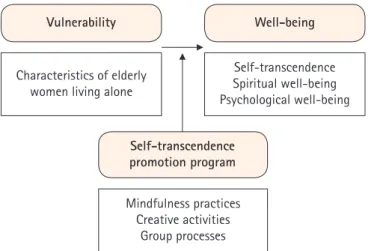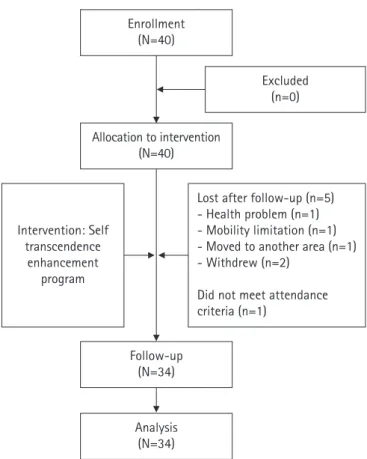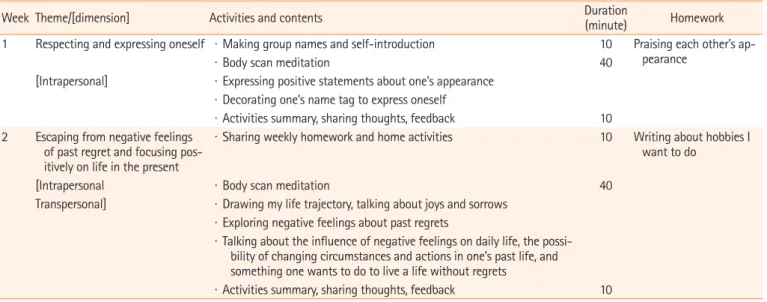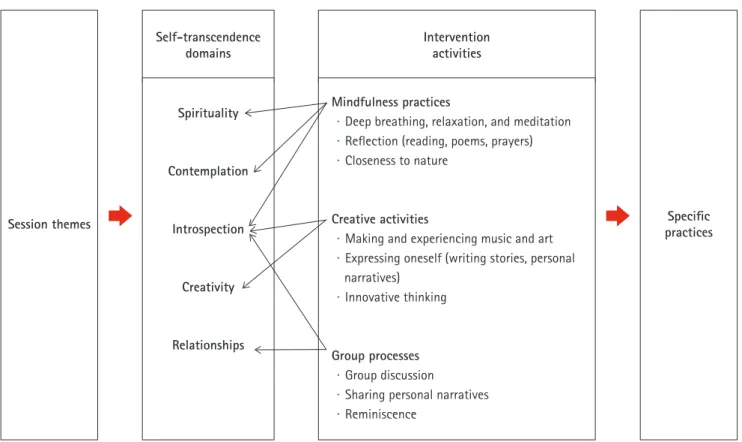관련 문서
Taken together the results of this study, has brought a change in the Step-Box exercise program, body composition, it had a positive impact on the changes in the strength, if
Investigation of turnover comes from the job itself and in this study worked in a care facility for the elderly, Caregiver Stress, Burnout comes from
Interest in sustainability and improving the quality of living has brought changes in the measurement and judgement for the quality of living.
The purpose of this research is to the development and effect of the anthroposophy group art therapy program for improvement of creativity and reduction
The result suggested that a taekwon aerobics program had a positive effect on the increase of growth hormone in blood lipid in middle school girls.. The
The purpose of this study was to investigate how the 8-week aerobic exercise program affects the physical strength and stress of obese women in the
This research suggests a need for an instructor education program for effective feedback practice and the enhancement of feedback quality in higher education..
Competence had a positive (+) influence on satisfaction with human relationships and self-confidence also had the positive (+) influence. However, in attractiveness,




